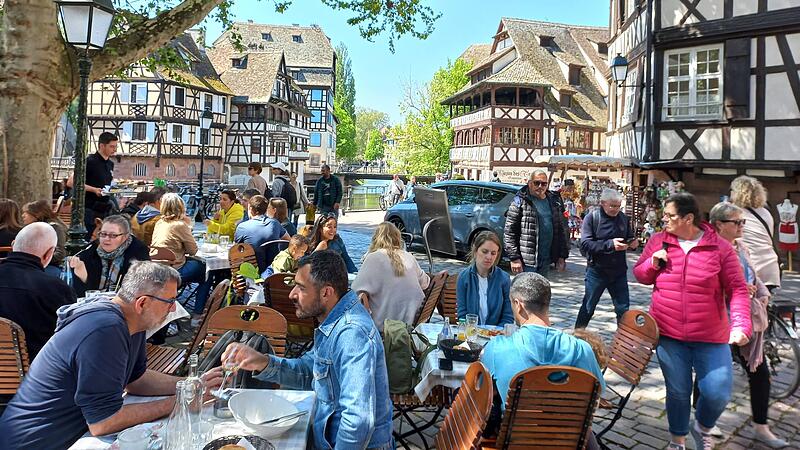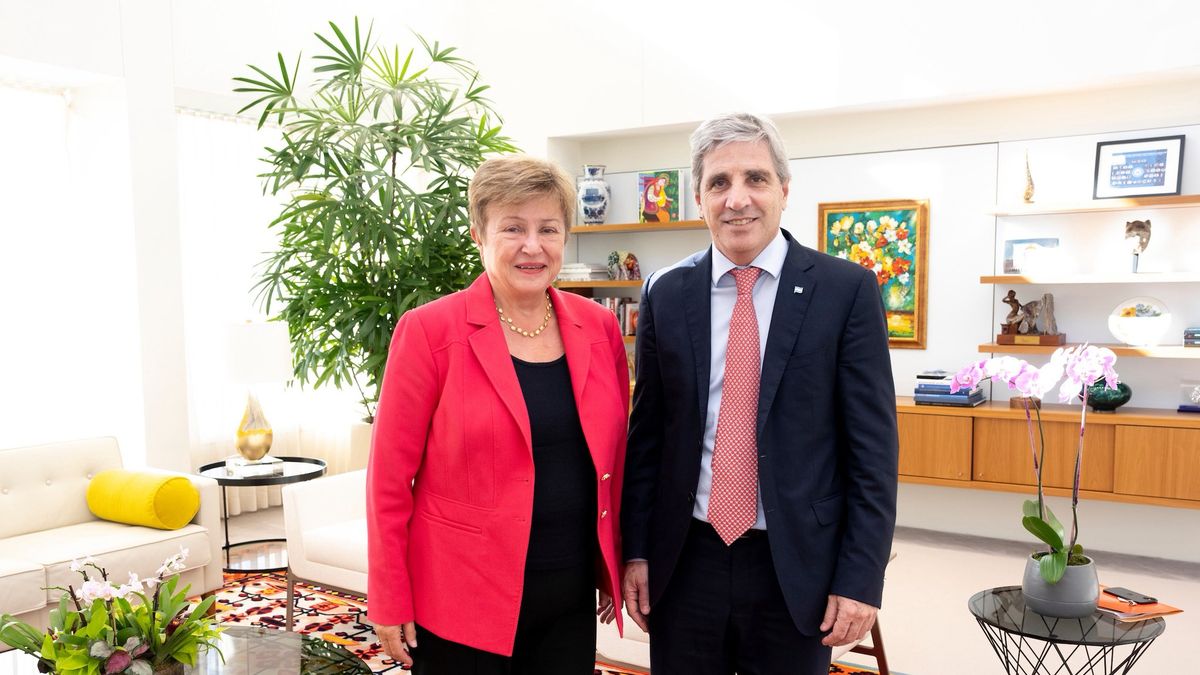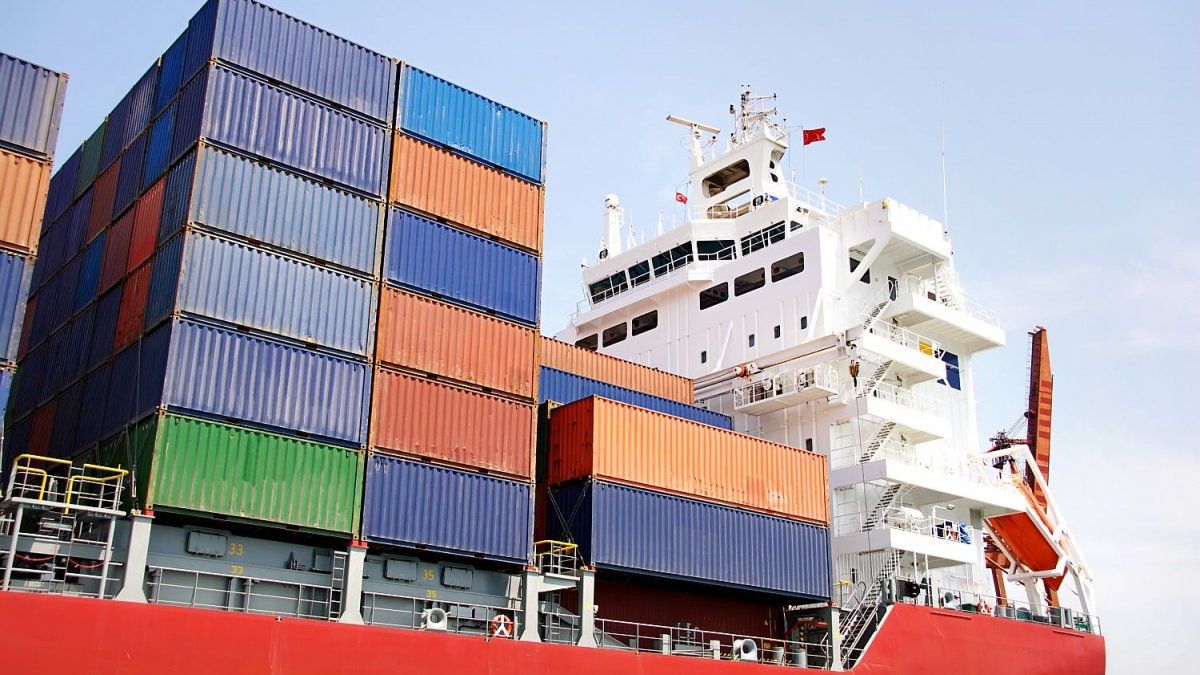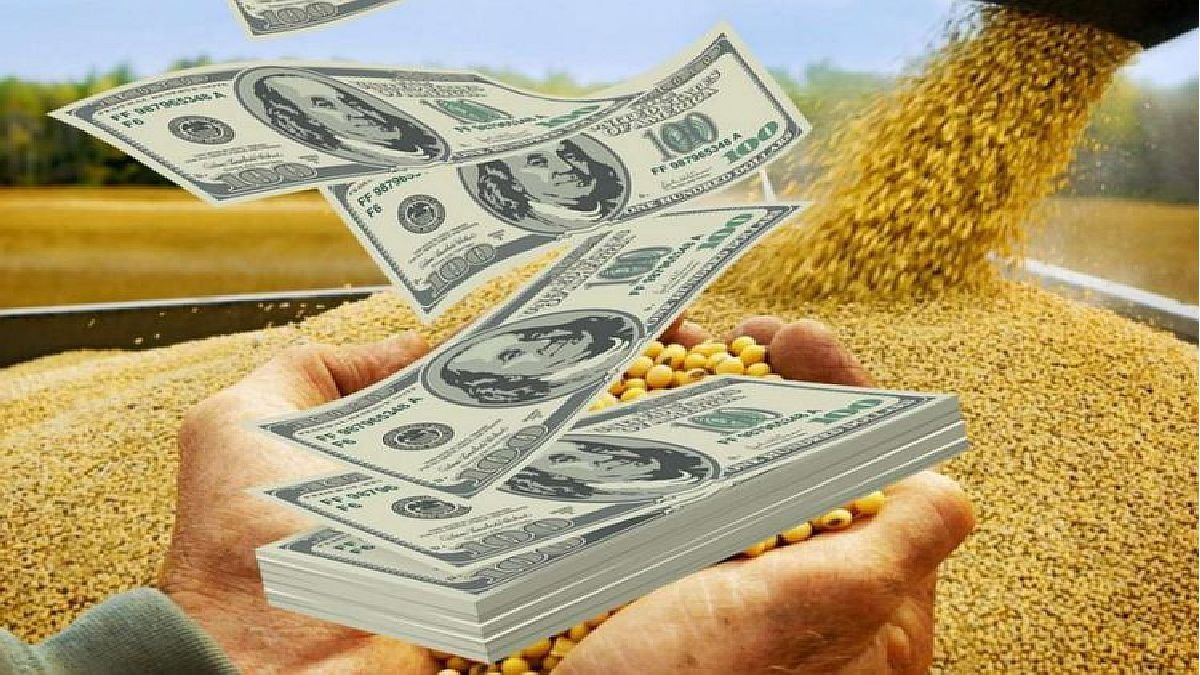Just like the coffee, the city is to be enjoyed step by step: The major tourist attraction is the medieval center, the Great Island (Grand Ile) between the two arms of the river Ill, with the cathedral in the center, the nice half-timbered house district “La Petite France ‘, the Bourbon-era palaces and the bustling commercial streets.
Yes, the streets are funny. At one corner the sign reads ‘Rue du Coin Brule’ and below it ‘s’Verbrennte Eck’. This has to do with the fact that the street names also have to be signposted in the old language. In Mühlhausen there has been a “wild man street” since time immemorial, says the tour guide, because an African once lived there. It was renamed “Adolf-Hitler-Strasse” by the Nazi occupiers in 1940.
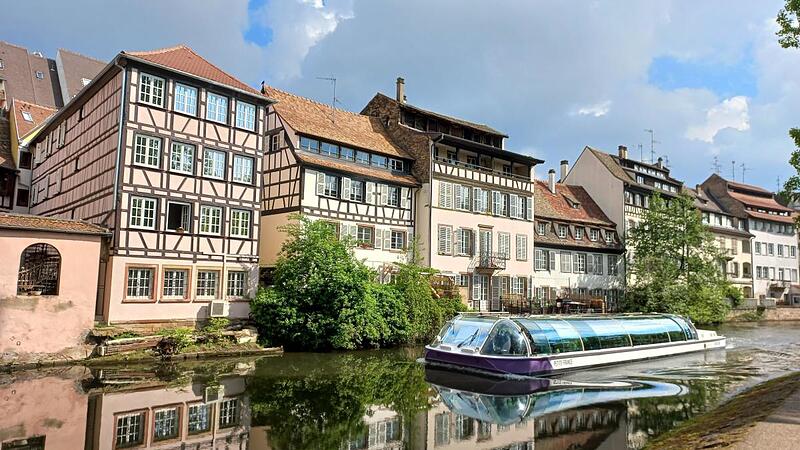
City of bicycles and trams
French is predominantly spoken in Alsace today. The stretch of land on the Upper Rhine was Germanic in character from the 4th century and was a flourishing region of the Holy Roman Empire of the German Nation. But today, after 150 turbulent years full of war and suffering, young people hardly ever learn High German or Alsatian, the Alemannic dialect that we can reasonably understand. Tip for stubborn communication problems: Contact medieval to older locals. Most speak perfect German.
People are happy and confident. “Why do the Lorraine people have such big ears? Because the mothers hold up their children’s ears and say: Look how beautiful it is in Alsace!” No wonder, because the capital has caught the train to a future worth living in. Even more: pushed with commitment and foresight. The Social Democrats have started to push back car traffic and give priority to cyclists and pedestrians. The current, green mayor has increased the pace.
Strasbourg has 670 kilometers of cycle lanes and the logistical showpiece is the 72-kilometer tram network, which stretches into Kehl, Germany, and offers large commuter parking spaces at all terminuses. An incentive for Austrian traffic managers: The strip between the rails is green, not concreted or asphalted. In addition, the city administration has launched an impressive housing offensive. Old industrial and harbor areas are being transformed into livable residential areas. The development of the city is technically well prepared and can be admired in the exhibition of the “5e Lieu”, right next to the cathedral (5elieu.strasbourg.eu).
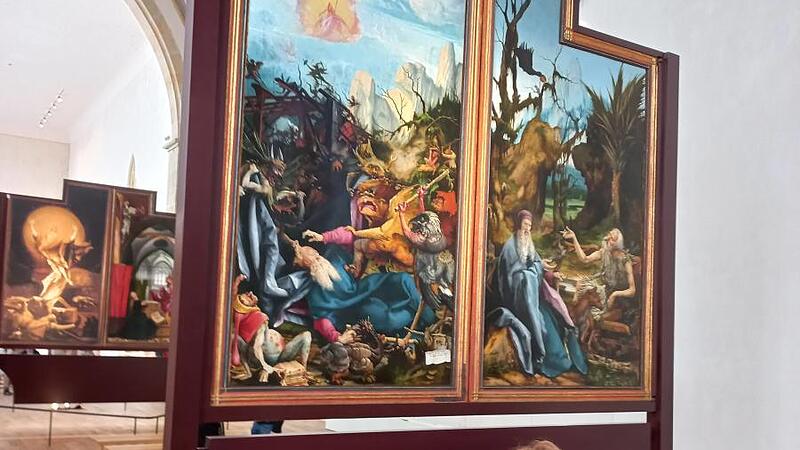
Rural, hearty food instead of divine
Of course, tourists come for the sights and not for the modern infrastructure, but they capture the great feeling that comes from these lifestyles. More than three million tourists arrive every year, one million of them in Advent, because Strasbourg is said to be home to one of the most beautiful Christmas markets in the world. Some shops with baubles for the big festival are open all year round. It is at least as uplifting in spring, summer and autumn: hanging out with a glass of excellent Alsatian beer (note: many small craft beer brewers), Alsatian wine or the regional champagne, which can only be called Cremant d’Alsace here, all in one Garden on the Ill, in front of bars and cafés on the elegant squares or in dreamy inner courtyards.
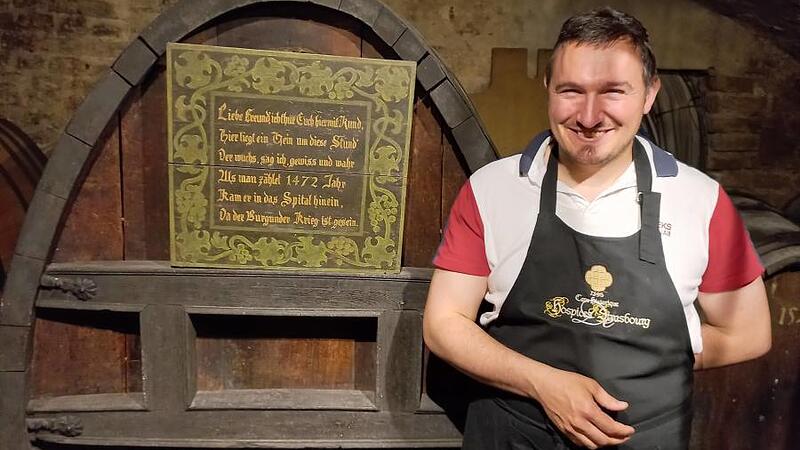
With this we are taking a step into the culinary realm. “Just don’t write: Eat like God in France,” says the travel companion. “That’s trite.” It would not be true, because the kitchen prepares a tightrope walk between hearty country food and French haute cuisine, which is still influenced by old German. Just one word: choucroute, the sauerkraut platter, with pork belly, smoked meat, sausages. Spaetzle or tarte flambée are served in umpteen variations as main dishes. There are also 33 starred restaurants in Alsace, five in the capital alone. The locals are proud that they have shaped the sweet cuisine with their Lebkuchen (Pain d’Epices) and the Kougelhof (Gugelhupf) and with the Bretzels, a world-famous snack.
Old town, new town, modern Europe
With 300,000 inhabitants, Strasbourg is not a large metropolis, but it offers a lot to experience and see. After the German Empire had defeated France in 1870/71, it had the so-called Neustadt built north of the medieval center within 40 years, with palaces, opera, churches and spacious boulevards. And a little further north, on the Marne-Rhein Canal, comes the next leap in time: the bold architecture of the buildings of the EU Parliament, the Council of Europe and the Human Rights Court. To explore, we recommend renting a bike (no problem at fixed stations or via velhop.strasbourg.eu) or boarding a panoramic boat on the Ill.
useful information
- The ÖBB Nightjet: ÖBB runs three times a week, each February 21 from Linz, 5:30 a.m. to Strasbourg. Return from 00:30, to 08:40. Price per person: outward journey in a seated car 110 euros, couchette car 155, sleeping car 195. Railtours has package deals including hotel.
Many hotels are only a few meters from Strasbourg train station, so they are easily accessible on foot. Info/booking on the Internet or in travel agencies. - The Alsace With 8280 square kilometers, has about a tenth of the area of Austria (1.3 percent of France).
With 1.9 million inhabitants, it is densely populated, but with 900 municipalities it is still rural and small in structure. - The tourism interest focuses on the capital with the cathedral, on Colmar with the fantastic Unterlinden Museum (Isenheimer Altar) and on the wine route with its many colorful villages. The mountain range of the Vosges in the west is an interesting hiking area (Grand Ballon 1424 m), the Rhine plain invites you to leisurely bike tours.
Source: Nachrichten

